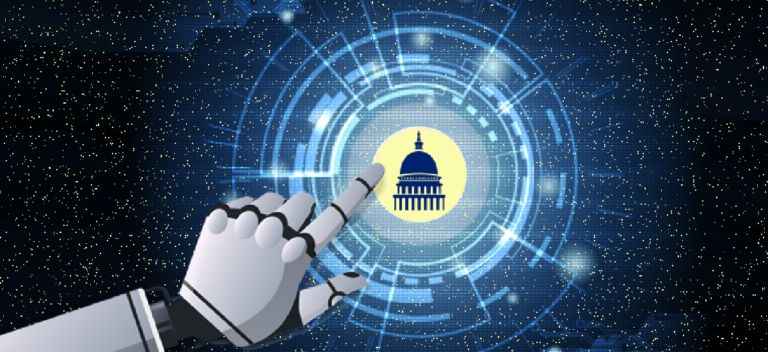
How Best to Help Government Employees
The entire concept of office work has changed over the past two years. We’ve seen different plans for reopening, thoughts on which positions can stay virtual, which roles may not be needed, and a lot of thoughts on what makes for the most productive and efficient workforce.
Throughout the pandemic the pendulum has also swung wildly regarding the future of office work. Many organizations were hesitant to embrace the idea of remote work at all, perhaps hoping to grit their teeth through it all before understanding the severity of what was to come. Others, including many big tech companies, were ready to allow employees to stay remote as long as they wished, before slowly introducing stipulations and walking back some of that rhetoric.
The more that time passes, the better idea we have of what the future of work will look like, particularly in the government space which will see uniformity in places like the state and federal level. Return to work plans are supposed to have been submitted at the federal level by now, but given how quickly things can change, and the rapid spread of the delta variant, it’s hard to imagine that any plan will be set in stone for the foreseeable future.
That being said, rather than concrete mandates, there are certain principles that can help guide an organization going forward. NextGov recently published an article with suggestions on how agencies can best serve their employees.
The first thing to do is to take an inventory of what tasks need to be completed with someone physically present. This process could be as simple as thinking that someone needs to be present to receive and open mail or that someone needs to work a customer service counter to show constituents files. It’s worth diving a bit deeper though. Are there documents that could be received or files that could be viewed electronically? It’s an opportunity to re-evaluate tasks to increase flexibility in how they’re completed, rather than haphazardly making them all remote-friendly or using the dreaded, “that’s how we’ve always done things” response.
The article also mentions promoting “low-code” platforms, which are easy to access through a computer or mobile devices. It’s just another example of how the name of the game is flexibility and proper communication. Clear expectations make a world of difference for employees and even if the expectation is that things are in flux, flexibility allows for people to be more comfortable with it.
A few other pieces of advice included phased reopenings, shift work, and rotations to avoid a one size fits all approach for employees.
Extract has tried to be as flexible as possible during this time with our customers and prospects. We know many government agencies have made moves to make their records available online and we’ve been able to help with our automated redaction technology. We’ve also added new implementation styles to meet our customers’ needs (you can read about one of our virtual healthcare deployments here).
The fact remains that we’ll all have to continue to deal with a level of uncertainty and need to approach it with open minds and strong communication.


